They may look vibrant on your plate, but some vegetables aren’t doing nearly as much for your health as you think. While it’s easy to assume all veggies are equally beneficial, a few common picks offer minimal nutrients—and could even work against your wellness goals when prepared the wrong way. The good news? There are plenty of options that go above and beyond, delivering serious fiber, antioxidants, and vitamins. In this breakdown, we’re calling out 11 vegetables that don’t quite live up to the hype—and introducing 11 far better choices that deserve a spot in your daily diet.
1. LESS: Iceberg Lettuce

It may be a salad bar staple, but iceberg lettuce doesn’t offer much beyond crunch. Compared to darker leafy greens, it’s severely lacking in nutrients like vitamins A, C, and K. It’s also low in fiber, meaning it won’t keep you full for long. While it’s not harmful, relying on iceberg lettuce as your main vegetable choice can mean missing out on more nourishing options. For better benefits, try mixing in spinach, arugula, or romaine. These alternatives offer a much higher nutrient density and deliver flavor, fiber, and health perks that iceberg just can’t match.
2. LESS: Celery
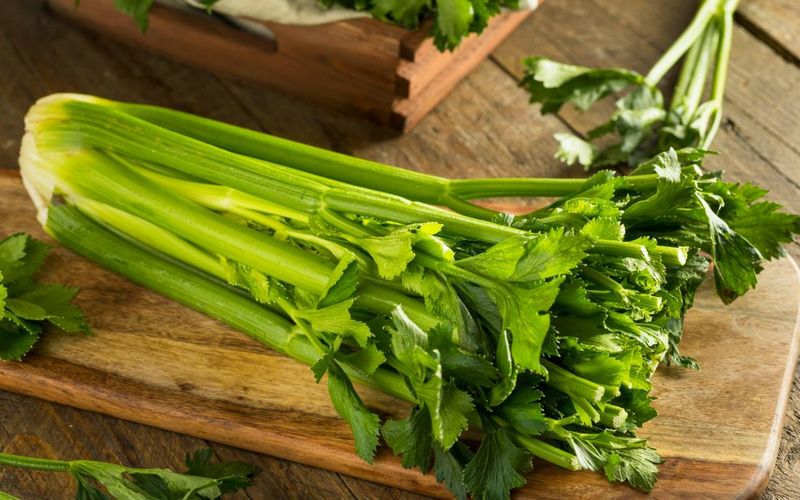
Often praised for being low-calorie, celery is mostly water—and not much else. While it can be a refreshing, crunchy snack, it’s not particularly rich in vitamins or minerals. You’ll get trace amounts of vitamin K and potassium, but not enough to call it a nutritional standout.
Many people reach for celery thinking it’s a superfood, but it’s better seen as a hydration booster or vehicle for healthy dips. If you’re aiming for high-impact veggies in your diet, there are better choices out there that do more to support your health and keep you feeling full.
3. LESS: Cucumbers

They might be cool and crisp, but cucumbers don’t pack much of a nutritional punch. Like celery, they’re over 90% water, which makes them hydrating but light on essential nutrients. While you’ll get a small dose of vitamin K and a touch of fiber if you eat the skin, cucumbers aren’t contributing much to your overall wellness. That doesn’t mean you need to ditch them altogether—but don’t rely on them as your main veggie intake. Think of cucumbers as an accent ingredient, not a dietary cornerstone, and mix in more nutrient-dense vegetables when building a healthy plate.
4. LESS: Corn

Sweet and starchy, corn walks the line between vegetable and grain—and often falls short nutritionally. It’s high in natural sugars and carbohydrates, which can cause blood sugar spikes when eaten in large portions. Plus, much of the corn in grocery stores is genetically modified and lacks the antioxidant density of other veggies.
Though it offers some fiber and a bit of vitamin C, it’s nowhere near the nutrient powerhouse status of leafy greens or cruciferous vegetables. Enjoy corn in moderation, but don’t let it take the place of more balanced, vitamin-rich options in your weekly meals.
5. LESS: White Potatoes

Comfort food favorite or not, white potatoes are a starchy vegetable that can behave more like refined carbs when prepared the wrong way. While they do contain vitamin C, potassium, and fiber (if you eat the skin), most people consume them fried, mashed with butter, or smothered in cheese—turning them into a calorie bomb. Their high glycemic index means they can spike blood sugar quickly, making them a poor choice for people with insulin resistance or diabetes. For a healthier alternative, swap in sweet potatoes or other root vegetables that offer more nutrients and a steadier energy release.
6. LESS: Eggplant
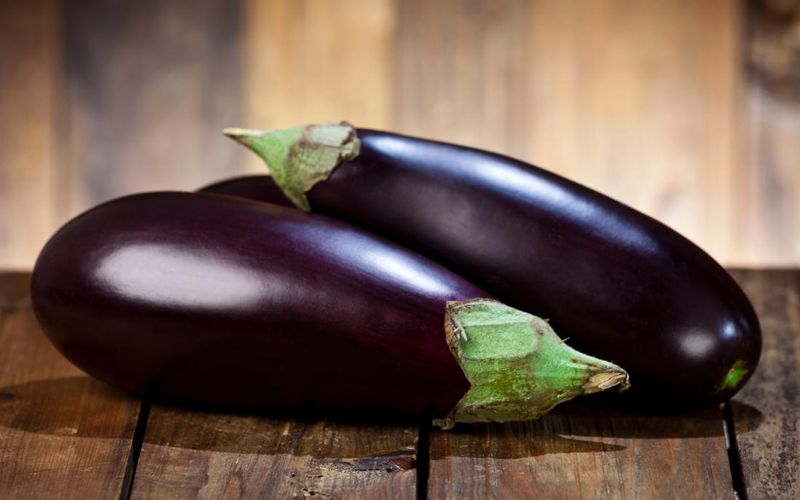
Eggplant’s deep purple skin makes it look like a nutritional gem, but it’s more style than substance. While it contains some fiber and antioxidants like nasunin, its overall vitamin and mineral profile is pretty modest. Many popular preparations—like breaded and fried eggplant parmesan—also cancel out its potential benefits with added fats and sodium. If you’re choosing eggplant purely for its color or bulk, know that there are far more nourishing vegetables to load your plate with. It can still be enjoyed occasionally, but don’t count on it as your primary source of essential nutrients.
7. LESS: Radishes
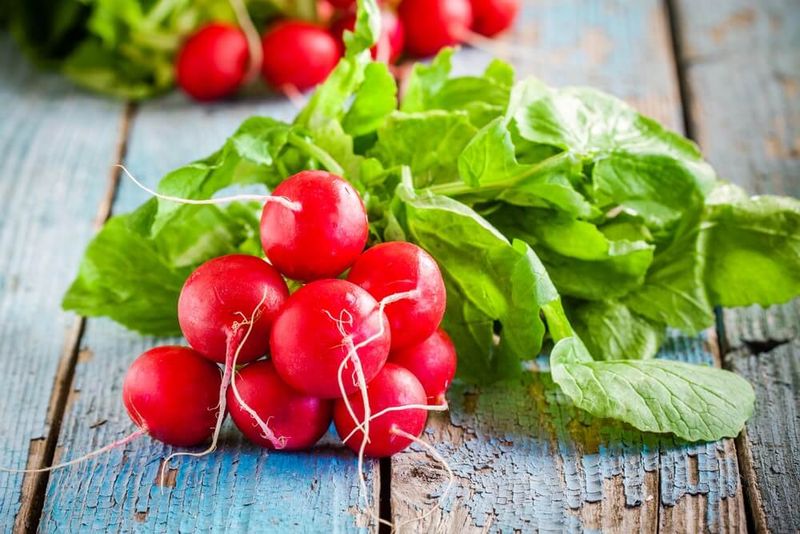
Their vibrant color and peppery crunch may bring variety to your salads, but radishes don’t offer a ton in the nutrition department. Aside from a small dose of vitamin C, these root veggies are mostly water and low in fiber, protein, and key antioxidants.
They’re not harmful by any means, but if you’re aiming to eat vegetables that actively support your health, there are stronger candidates to reach for. Try pairing radishes with more nutrient-dense greens or swapping them out for cruciferous vegetables like broccoli or kale to increase the health value of your meals.
8. LESS: Green Peas
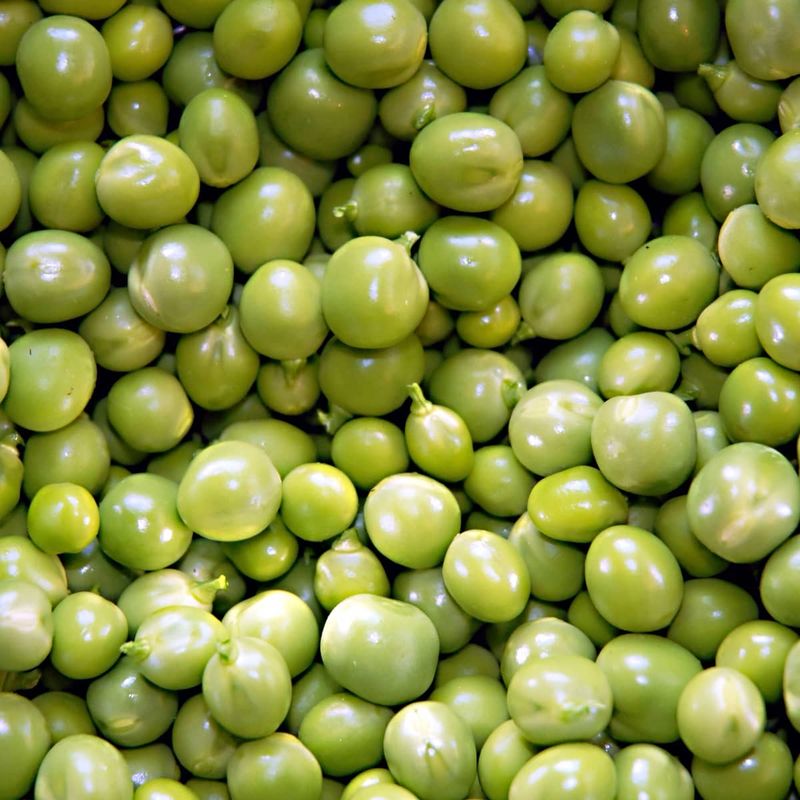
Peas might look like innocent little veggies, but nutritionally, they fall into more of a starchy category. Higher in carbs and natural sugars than many other vegetables, green peas can cause unwanted blood sugar spikes when eaten in large amounts.
While they do contain some protein and fiber, they’re not nearly as impactful as dark leafy greens or cruciferous options. Canned versions often contain added sodium or preservatives, which further reduce their appeal. For a more balanced option, rotate in non-starchy vegetables like zucchini, spinach, or asparagus that offer more nutritional value and fewer sugar concerns.
9. LESS: Bell Peppers

Bright and flavorful, bell peppers are often treated like a superfood—but they come with a few caveats. As part of the nightshade family, they may cause issues for those with sensitivities or autoimmune conditions. They also consistently rank high on the Environmental Working Group’s Dirty Dozen list for pesticide residues, making organic purchases a must. While they do contain vitamin C and antioxidants, these benefits can be offset if they’re eaten raw in large quantities by sensitive individuals. If you love them, enjoy them mindfully and consider rotating in more pesticide-safe, leafy options like chard or arugula.
10. LESS: Artichokes
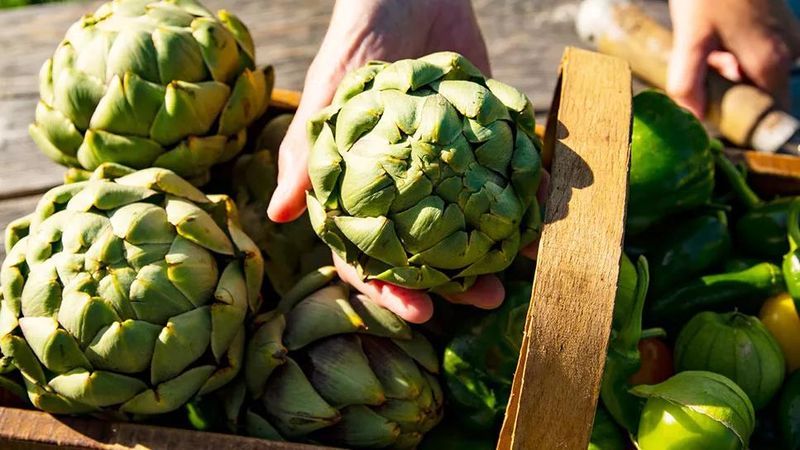
Often considered a gourmet vegetable, artichokes can be more show than substance—especially when prepared in dips or canned in oil. While fresh artichokes offer fiber and antioxidants, the amount most people eat is quite small due to the tough, inedible parts.
Plus, popular preparations like creamy spinach-artichoke dip don’t exactly scream “healthy.” Artichokes aren’t bad, but they’re not the nutrient-packed vegetable many assume them to be. If you’re looking for high-impact veggies, opt for leafy greens or cruciferous options that are easier to prep, more versatile, and significantly richer in vitamins and minerals.
11. LESS: Canned Vegetables
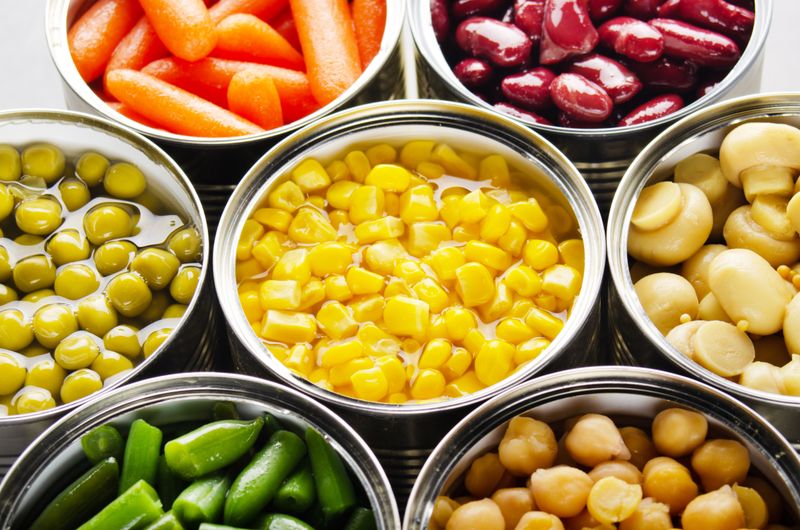
Convenient, sure—but canned vegetables can come with a nutritional price tag. Many are preserved in brine or syrup, adding excess sodium or sugar to an otherwise healthy food. The high heat used in the canning process can also reduce vitamin content, especially vitamin C and B-complex vitamins. While they can be helpful in a pinch, relying on canned veggies as a primary source of nutrition may not deliver the health payoff you expect. When possible, go for fresh or frozen vegetables, or choose low-sodium, BPA-free canned options that retain more of the good stuff without the additives.
12. MORE: Spinach
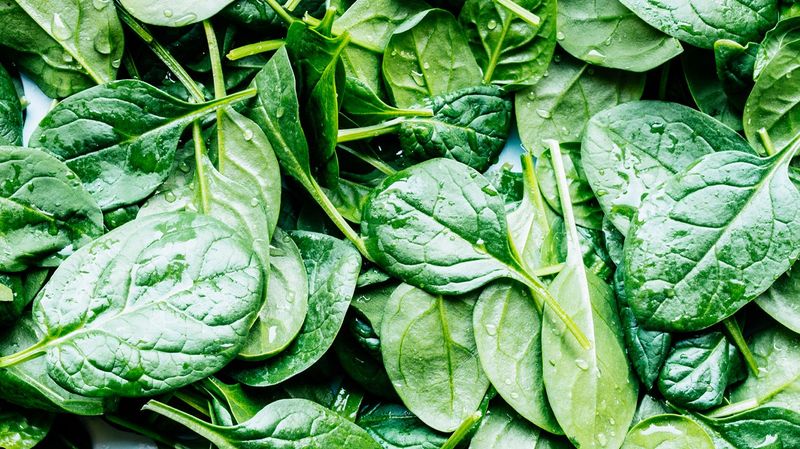
Few vegetables deliver the nutrient density of spinach. This leafy green is a top-tier source of vitamins A, C, and K, plus folate, magnesium, and iron—all wrapped up in a low-calorie package. Spinach supports everything from eye health to immune function and is especially helpful for maintaining strong bones and healthy blood. It’s also rich in antioxidants like lutein, which may protect against chronic disease. Whether blended into smoothies, sautéed with garlic, or tossed into a salad, spinach earns its superfood title with ease. It’s versatile, affordable, and a nutritional upgrade to nearly any meal.
13. MORE: Kale

Kale isn’t just a trendy green—it’s a true nutritional powerhouse. Loaded with fiber, vitamin K, vitamin C, and powerful antioxidants like quercetin, kale supports heart health, lowers inflammation, and bolsters your immune system. It’s also a solid source of calcium and lutein, both essential for bone and eye health.
Kale’s sturdy leaves hold up well in sautés, soups, or baked into crunchy chips, making it one of the most versatile greens around. Compared to lighter lettuces, it offers far more nutrition per bite and is an easy way to supercharge any dish with long-lasting health benefits.
14. MORE: Broccoli
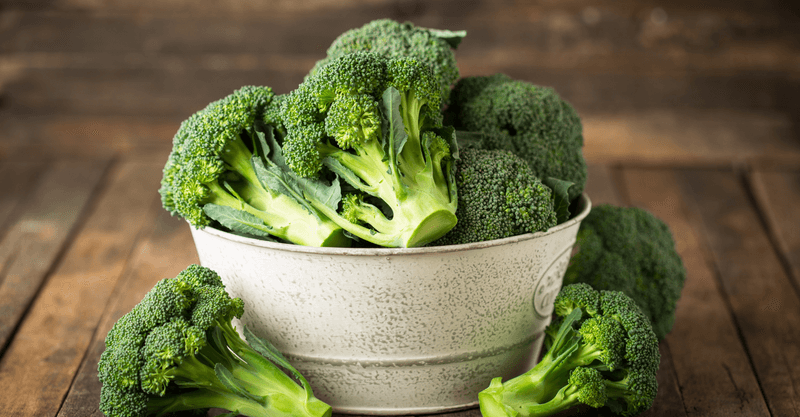
There’s a reason broccoli remains a go-to vegetable for health-conscious eaters—it’s packed with cancer-fighting compounds, fiber, vitamin C, and sulforaphane, a compound shown to support detoxification and reduce inflammation. It also provides a surprising dose of protein for a vegetable, and its crunchy texture makes it satisfying and filling.
Whether roasted, steamed, or stir-fried, broccoli pairs well with countless dishes and holds up to bold flavors. It’s also kid-friendly when prepared well. With every floret, you’re giving your body a dose of serious protection, making broccoli a smart, easy, and budget-friendly addition to your regular routine.
15. MORE: Sweet Potatoes
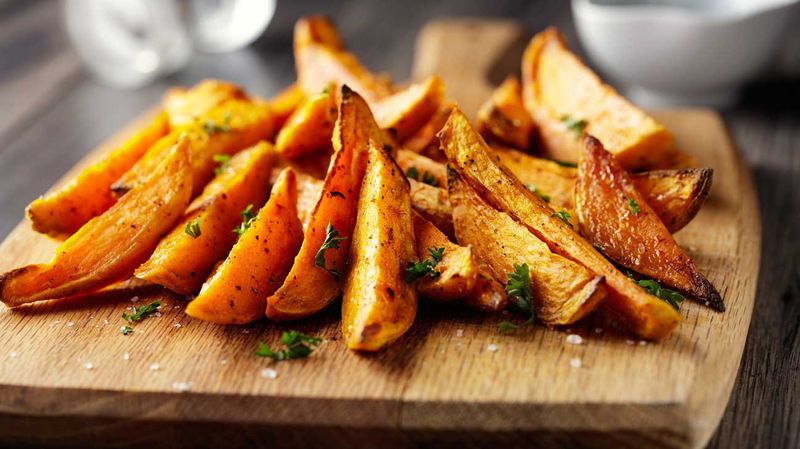
Sweet potatoes are more than a holiday side—they’re a vibrant source of beta-carotene, which your body converts to vitamin A, essential for immune function, vision, and skin health. They also offer potassium, fiber, and a lower glycemic load than white potatoes, making them a smarter choice for sustained energy.
Their natural sweetness shines in both savory and sweet dishes, from roasted wedges to hearty stews. Unlike their starchy counterparts, sweet potatoes provide complex carbs and antioxidants that promote balance and nourishment. Add them to your weekly rotation for a colorful, comforting vegetable that pulls its nutritional weight.
16. MORE: Beets
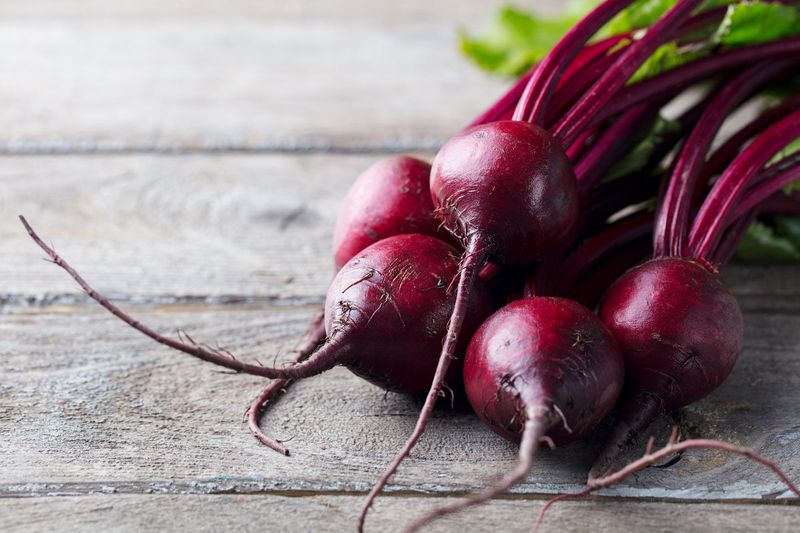
With their jewel-toned color and earthy flavor, beets deliver a surprising array of health benefits. They’re high in folate, manganese, and nitrates—natural compounds that can help lower blood pressure and improve endurance. Beets also contain betalains, powerful antioxidants with anti-inflammatory properties.
Whether roasted, grated raw into salads, or blended into smoothies, beets are versatile and unique. Their natural sweetness makes them a satisfying ingredient for savory dishes or desserts. Plus, they support detoxification through liver-friendly nutrients. If you’re looking to brighten your plate with a root veggie that benefits your body in multiple ways, beets are a solid bet.
17. MORE: Garlic
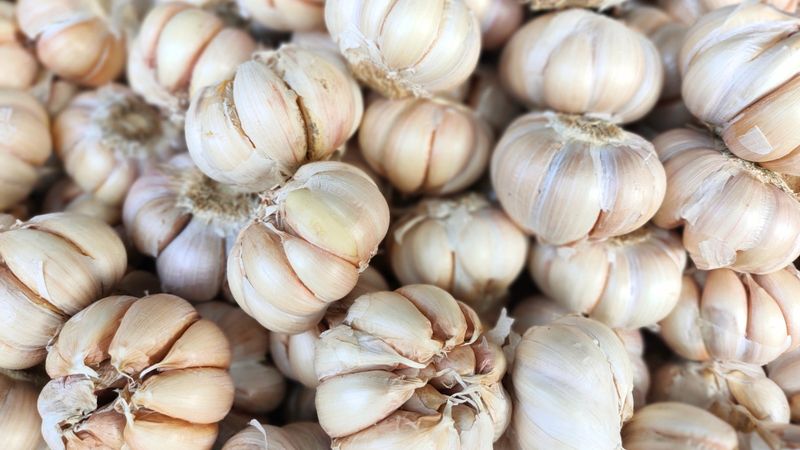
This pungent bulb might be small, but it packs major health potential. Garlic contains allicin, a powerful sulfur compound with antiviral, antibacterial, and antifungal effects. It’s also been shown to help reduce blood pressure and cholesterol levels, contributing to better heart health.
In addition to these benefits, garlic adds intense flavor without calories, making it a kitchen staple for healthy cooking. It supports immune function and may even help shorten the duration of colds. Whether raw, roasted, or sautéed, garlic enhances both flavor and wellness. It’s one of those rare ingredients that’s as healing as it is delicious.
18. MORE: Brussels Sprouts
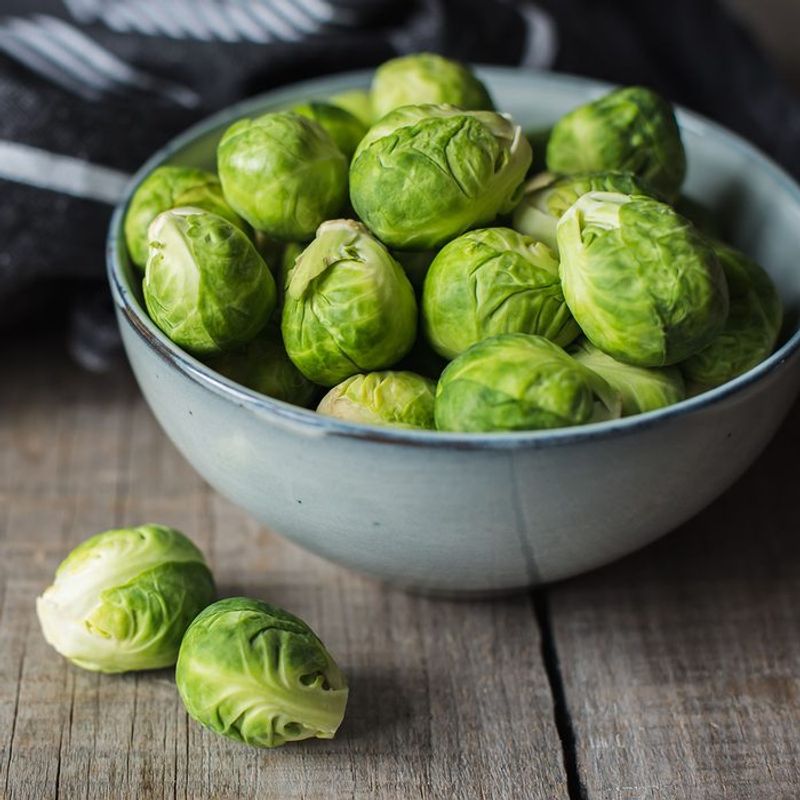
Tiny but mighty, Brussels sprouts belong to the cruciferous vegetable family, known for its disease-fighting properties. Rich in vitamins K and C, fiber, and folate, these little green orbs support bone health, immune defense, and digestion. They’re also loaded with glucosinolates—compounds studied for their potential role in cancer prevention. When roasted to golden perfection, Brussels sprouts take on a deliciously nutty flavor that’s hard to resist. Forget their overboiled reputation—when cooked right, they’re both tasty and incredibly nutritious. Include them regularly to add fiber, flavor, and a powerful nutrient boost to your plate.
19. MORE: Swiss Chard
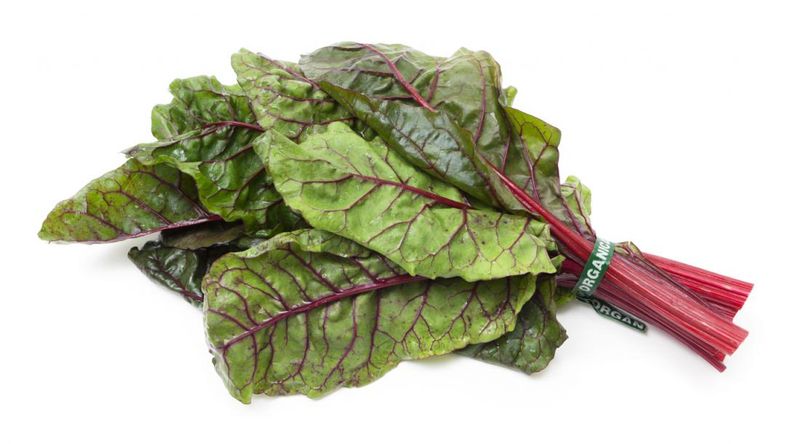
With its vibrant stems and deep green leaves, Swiss chard is as beautiful as it is nourishing. It’s packed with vitamins A, C, and K, plus magnesium, potassium, and iron—all vital for energy, muscle function, and bone health. Chard is also rich in antioxidants and fiber, which help reduce inflammation and support heart health. Unlike lettuce, it holds up well to heat, making it great for sautés, soups, or omelets. Its slightly bitter flavor balances well with garlic, lemon, or olive oil. Swiss chard is a powerful leafy green that deserves more space on your plate.
20. MORE: Carrots
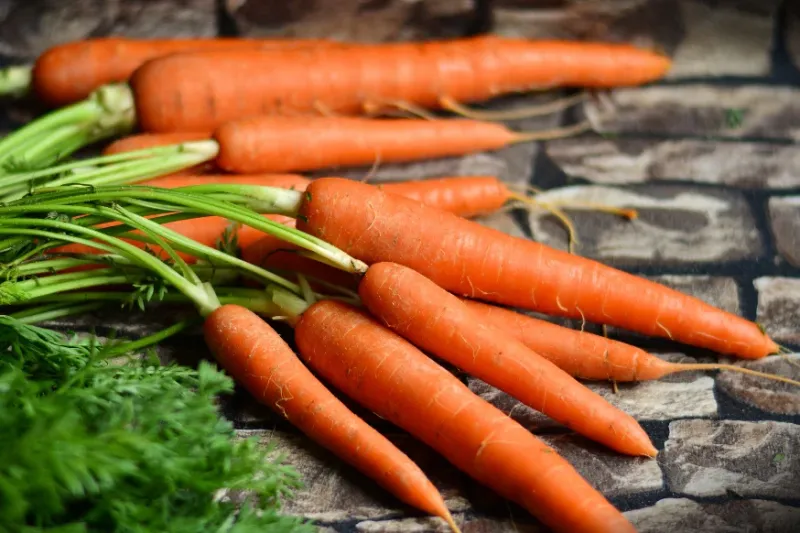
Carrots aren’t just crunchy and colorful—they’re loaded with beta-carotene, which supports vision, immune health, and glowing skin. They also offer fiber and antioxidants that help regulate digestion and reduce oxidative stress. Carrots are low in calories, but high in flavor, making them a perfect raw snack, soup base, or roasted side dish.
Unlike some veggies that lose nutrients during cooking, carrots retain much of their beta-carotene when lightly steamed or roasted. Their natural sweetness appeals to both kids and adults, and they’re incredibly versatile. If you want a vegetable that’s reliable, nutrient-rich, and always welcome, carrots deliver.
21. MORE: Arugula
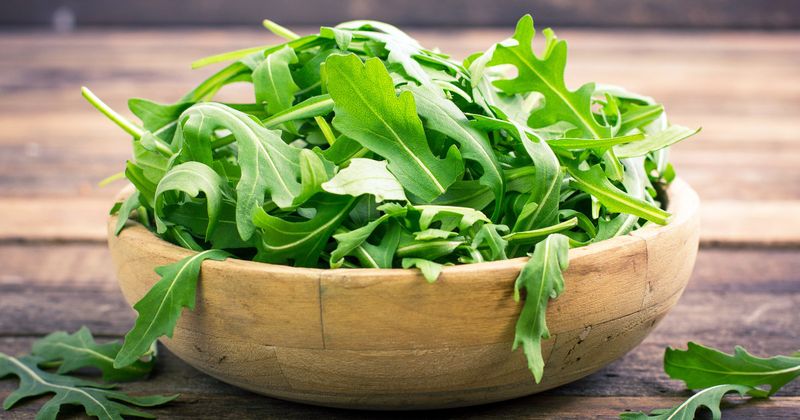
Peppery and bold, arugula offers more than just flavor—it’s a nutrient-rich green full of calcium, vitamin K, folate, and antioxidants. Its natural compounds, including glucosinolates, may help reduce inflammation and protect against chronic disease.
Arugula’s sharp bite adds depth to salads, sandwiches, and grain bowls, making it a favorite among chefs and health enthusiasts alike. Unlike milder greens, it has a distinct taste that pairs beautifully with citrus or cheese. And though it’s delicate, arugula brings powerful health perks in every bite. It’s a fresh and flavorful way to elevate your meals while fueling your body right.
22. MORE: Onion

Don’t overlook the humble onion—it’s one of the most potent anti-inflammatory vegetables in your pantry. Rich in quercetin and sulfur compounds, onions have been linked to lower blood pressure, improved cholesterol, and reduced cancer risk. They also contain prebiotics that feed beneficial gut bacteria and support digestion. Whether caramelized, grilled, or diced raw into salsa, onions provide big flavor for few calories. They’re a staple in cuisines around the world for good reason. Adding them to your meals is a simple and effective way to boost both taste and nutritional value without much effort.
Leave a comment